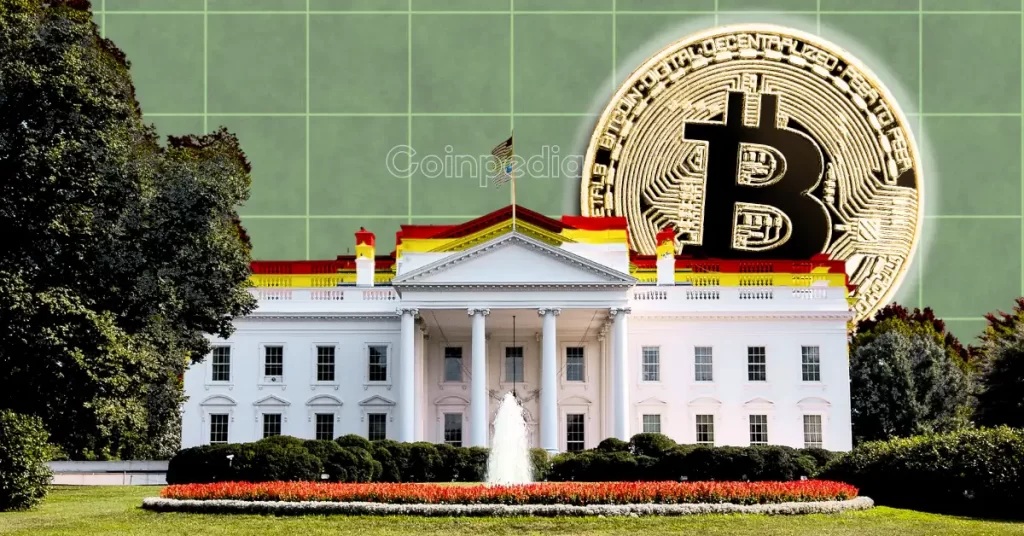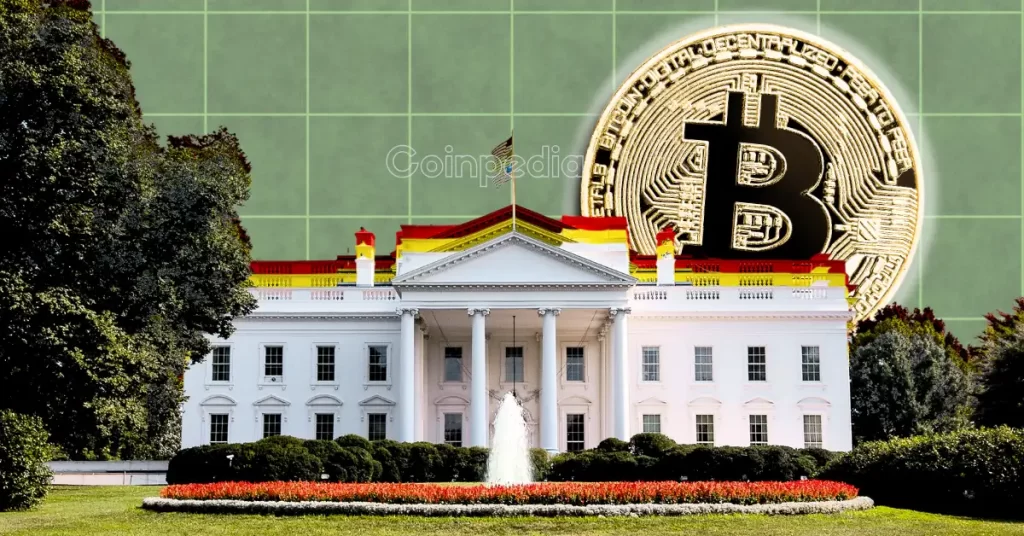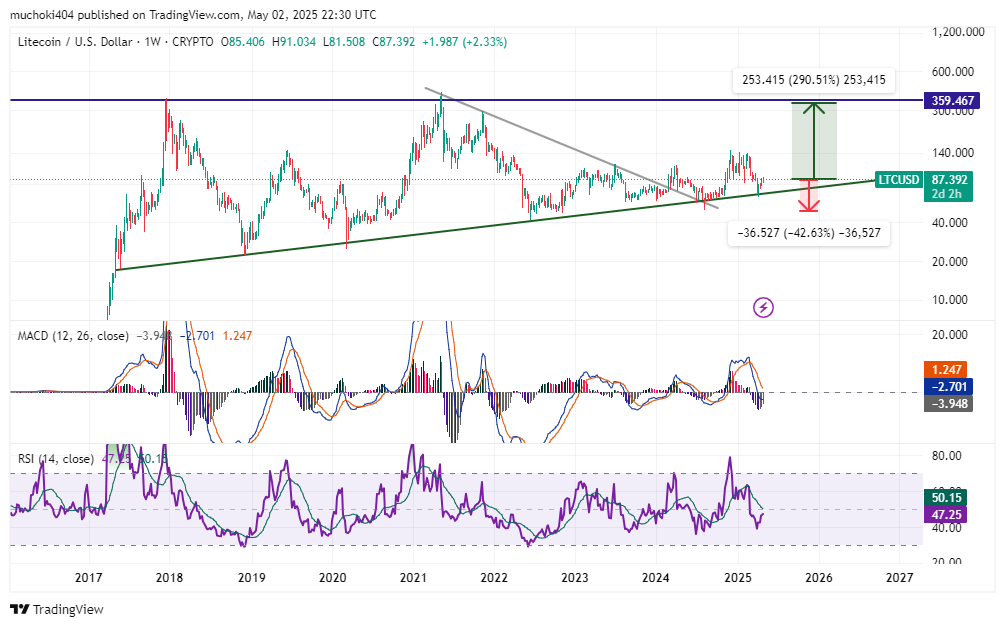
The post White House to Release Crypto Policy Report on July 30, XRP and Bitcoin in Focus appeared first on Coinpedia Fintech News
The mood in the markets is cautious as investors brace for a packed week. The crypto world is watching closely as the White House is set to release its first major crypto policy report on July 30.
This is a big moment for the US crypto industry, as the report comes after a 180-day review under Executive Order 14178. It replaces older Biden-era rules and aims to bring a fresh and clearer approach under the Trump administration. The new rules could change how crypto is seen in the US and even influence other countries.
On the same day, the Federal Open Market Committee (FOMC) is expected to maintain its current interest rate range of 4.25%–4.50% on Wednesday. Any signs of a softer stance could spark another rally in cryptocurrencies and stocks.
A new rulebook for crypto
The report will focus on giving clear guidelines to crypto companies and investors. It will create a new structure for how US agencies like the Fed and FDIC handle crypto oversight. This means the days of confusion between the SEC and CFTC might be over. These changes follow the GENIUS Act, which was recently signed by Donald Trump. The goal is to create rules that don’t block innovation but still protect users.
Stablecoins are getting major attention in the report. New rules may include licenses for stablecoin issuers, access to Federal Reserve payment systems, and stronger backing requirements for tokens pegged to the dollar. This move could push global adoption if the US treats stablecoins as real financial tools. On the flip side, the report might also call for a ban on central bank digital currencies, showing strong support for private crypto use.
Bitcoin may become a national asset
The most exciting part is the talk about a US Strategic Bitcoin Reserve. The government may officially use the nearly 200,000 BTC it has seized to build this reserve. If this happens, Bitcoin could be treated like gold and seen as a key part of the US financial system. There’s also buzz about a national stockpile of other digital assets like XRP, which could change the game for altcoins.
Crypto Impact
This report could be a huge boost for the crypto market. Clearer rules will help companies grow and make it safer for regular people to invest. If Bitcoin becomes a strategic asset, it could trigger a big rally. And with other countries likely to follow the US lead, this could be the start of a whole new phase for crypto worldwide.
Never Miss a Beat in the Crypto World!
Stay ahead with breaking news, expert analysis, and real-time updates on the latest trends in Bitcoin, altcoins, DeFi, NFTs, and more.
The post White House to Release Crypto Policy Report on July 30, XRP and Bitcoin in Focus appeared first on Coinpedia Fintech News
The mood in the markets is cautious as investors brace for a packed week. The crypto world is watching closely as the White House is set to release its first major crypto policy report on July 30. This is a big moment for the US crypto industry, as the report comes after a 180-day review …








